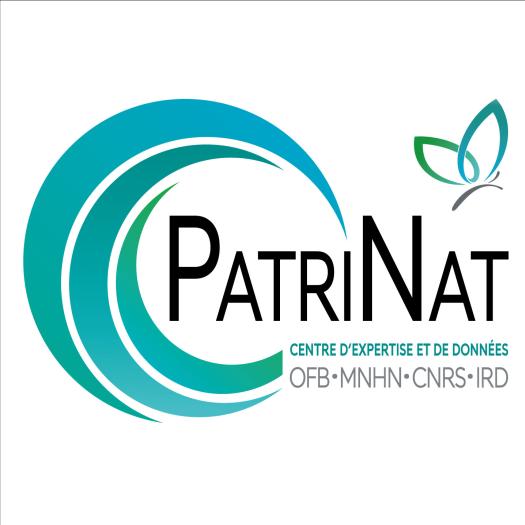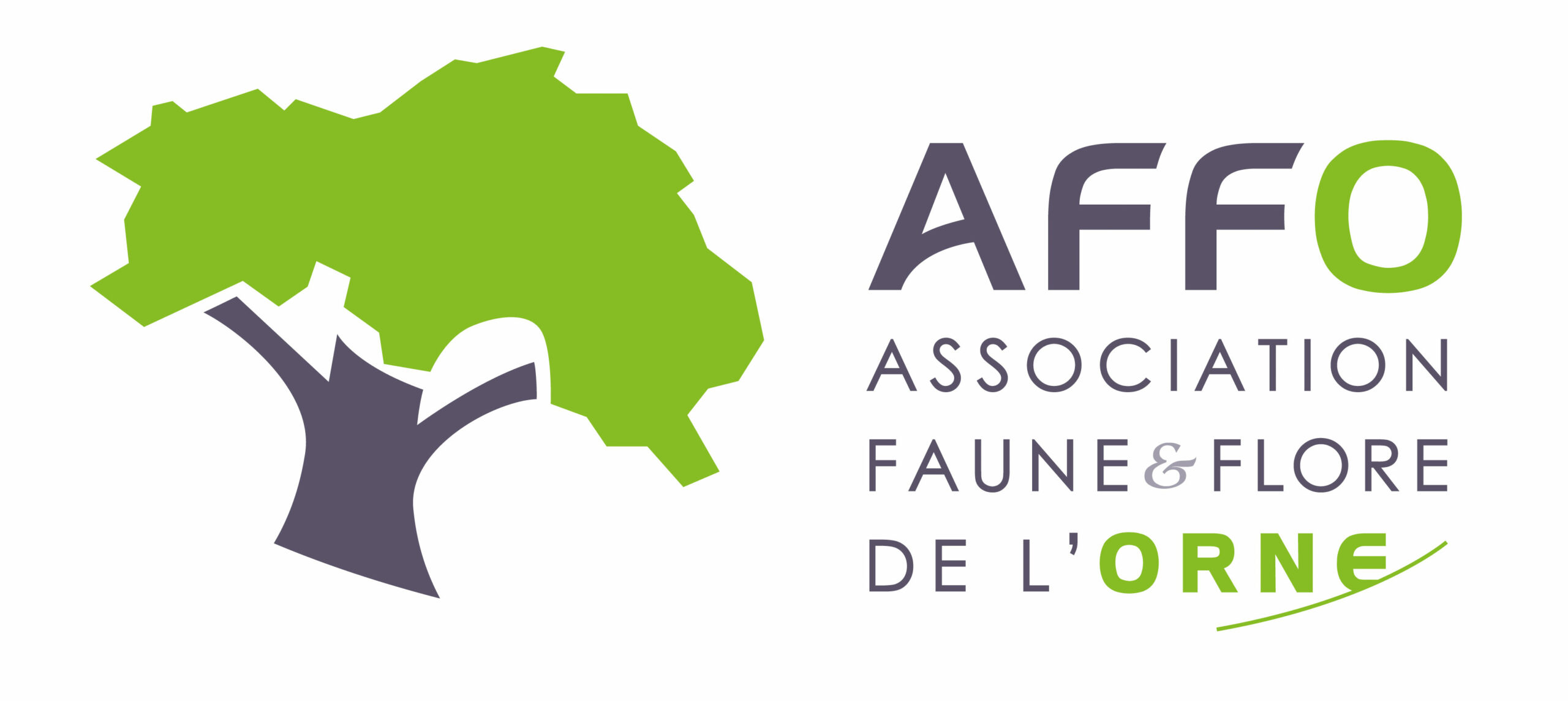Où cette espèce a-t-elle été observée ?
 Attention : cette espèce peut être présente où il n’y a pas de maille, mais à ce jour elle n’y a pas encore été observée.
Attention : cette espèce peut être présente où il n’y a pas de maille, mais à ce jour elle n’y a pas encore été observée.
- 292 observations
-
29
communes -
34
observateurs
11
organismes -
Première observation
1960 -
Dernière observation
2025
Arcisses - Argenvilliers - Bazoches-sur-Hoëne - Beaumont-les-Autels - Belhomert-Guéhouville - Bretoncelles - Champrond-en-Gâtine - Chapelle-Guillaume - Charencey - Fontaine-Simon - La Croix-du-Perche - La Ferté-Vidame - La Mesnière - Le Mage - Les Ressuintes - L'Hôme-Chamondot - Longny les Villages - Miermaigne - Moutiers-au-Perche - Nogent-le-Rotrou - Nonvilliers-Grandhoux - Rémalard en Perche - Sablons sur Huisne - Saint-Éliph - Saintigny - Saint-Victor-de-Buthon - Senonches - Thiron-Gardais - Tourouvre au Perche
-
PNR du Perche
Participation à 154 Observations
Part d'aide à la prospection : 52.74 %
Fiche organisme
-
Eure-et-Loir Nature
Participation à 33 Observations
Part d'aide à la prospection : 11.30 %
Fiche organisme
-
DREAL Centre-Val de Loire
Participation à 26 Observations
Part d'aide à la prospection : 8.90 %
Fiche organisme
-
France Nature Environnement Centre-Val de Loir
Participation à 24 Observations
Part d'aide à la prospection : 8.22 %
Fiche organisme
-
Ministère de la Transition écologique et de la Cohésion des territoires
Participation à 22 Observations
Part d'aide à la prospection : 7.53 %
Fiche organisme
-
UMS PatriNat (OFB-CNRS-MNHN)
Participation à 20 Observations
Part d'aide à la prospection : 6.85 %
Fiche organisme
-
Société d'études ornithologiques de France (SEOF)
Participation à 13 Observations
Part d'aide à la prospection : 4.45 %
Fiche organisme
-
Muséum national d'Histoire naturelle (MNHN)
Participation à 9 Observations
Part d'aide à la prospection : 3.08 %
Fiche organisme
-
Association Faune & Flore de l'Orne (AFFO)
Participation à 7 Observations
Part d'aide à la prospection : 2.40 %
Fiche organisme
-
Conservatoire d'espaces naturels du Centre-Val de Loire (CEN CVL)
Participation à 2 Observations
Part d'aide à la prospection : 0.68 %
Fiche organisme
Informations espèce
Répartition actuelle en France métropolitaine
© INPN - Avertissement : les données visualisables reflètent l'état d'avancement des connaissances et/ou la disponibilité des données existantes au niveau national : elles ne peuvent en aucun cas être considérées comme exhaustives.
Répartition actuelle dans le monde
Avertissement : les données visualisables reflètent l'état d'avancement des connaissances et/ou la disponibilité des données existantes au niveau mondial : elles ne peuvent en aucun cas être considérées comme exhaustives.













